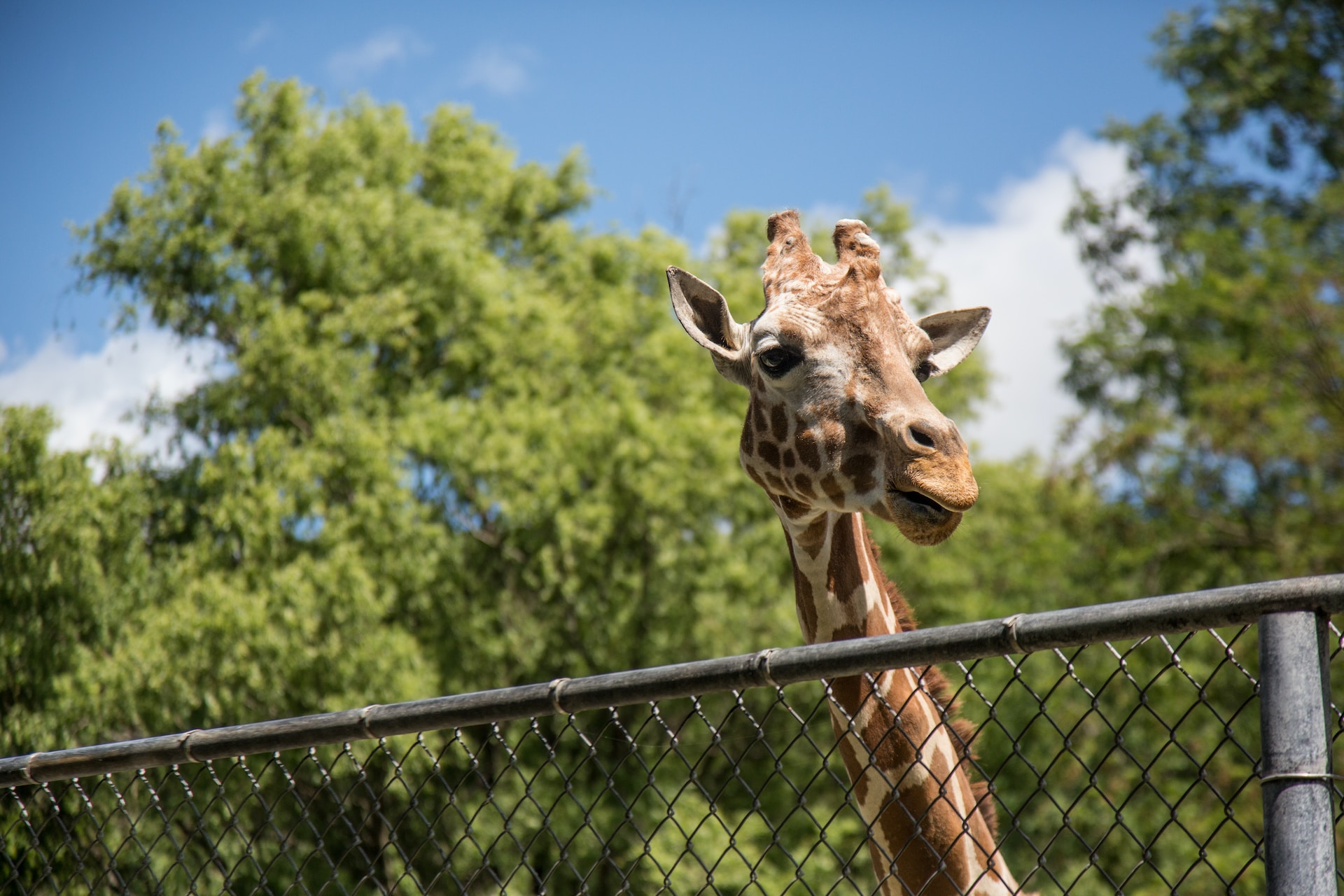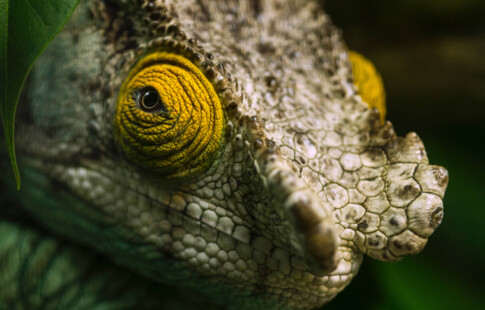
Why Zoos Are Bad for Animals: A Complex Topic
We are reader-supported. When you buy through links on our site, we may earn affiliate commission.
Many people remember going to a zoo when they were children. It was an exciting opportunity to get up close and personal with animals they might never see otherwise. However, not every zoo treats its residents with the care and respect they deserve. Some might not even mean to cause the creatures harm — they simply don’t know the level of care they need to give. Here is why zoos are bad and when you should avoid certain facilities.
Are Zoos Bad for Animals?
If done well, zoos can be an educational and safe place for animals and humans. If a creature experiences an injury or disability that makes it impossible for it to survive in the wild, these spaces can be a place where it experiences enrichment, community and a higher quality of life. By rescuing these animals, trained professionals can give them physical therapy, medical care and training that keeps their minds active. Additionally, many of these facilities house and attempt breeding endangered animals to prevent extinction and increase awareness.
Not all of that training is for entertainment shows. An animal that doesn’t have any knowledge of how it should behave in the wild would likely have excess energy and inherent behaviors it wouldn’t know what to do with, leading to anxiety and depression. By teaching them, zookeepers show them how to manage themselves, find entertainment in their enclosures and mimic their natural state as much as possible.
While more research is necessary, a critical review on training zoo animals as a form of enrichment showed it does promote their welfare and enriches them. Those interactions can also provide critical research opportunities that can help scientists learn more about the species, find ways to provide better care or help keepers locate potential injuries. The authors of the study did note there needs to be a focus on how the training affects enclosure use and other behaviors, as the outcomes could be negative depending on the animal.
The Qualities of a Good Zoo
The first thing you should check for is how the enclosures look. Do the creatures have enough space to move around? Does the area do its best to emulate their natural environment and include enrichment? Good zoos also won’t force normally solitary animals together or keep social animals isolated, as this can cause a lot of stress. Before attending the zoo, look for pictures of the enclosures and the residents they hold, as well as if those conditions benefit the animal.
You should also check for accreditations — the more rigorous, the better. One of the most notable is an AZA accreditation from the Association of Zoos and Aquariums. They have an extensive list of qualifications zoos and aquariums must adhere to that includes but isn’t limited to:
- The facility’s governing body and staff
- Animal welfare and veterinary care
- Education and conservation
- Guest safety and services
The AZA is repeatedly updating its standards as science deepens the understanding of high-quality animal care. Additionally, facilities must undergo the accreditation process again every five years and can lose their certification if they don’t hold up these regulations. Less than 10% of animal exhibitions in the United States are accredited by the AZA despite receiving a license from the U.S. Department of Agriculture.
When a Zoo Is Bad for Animals
There are certainly zoos and aquariums out there that only seek to make a profit and do not care about the animals they care for. Some may have enclosures that are far too small for the creature or have no additions that mimic its natural habitat. These facilities also often don’t go through the proper channels to obtain animals or get them medical treatment because it’s too expensive or difficult.
No zoo or aquarium that cares about its residents would never use lethal force to take young animals from their parents, kidnap creatures for no reason, or force impregnation to sell animals to other facilities. However, these are all practices that still take place among harmful zoos. A lot of these places also claim that animal rights associations and people are all lunatics, and they know what’s best for their animals. However, why would these organizations allow their residents to experience flystrike and sit with untreated injuries?
There’s also the issue of animal shows. While they’re not all bad, particular aspects make some more harmful than others. Non-human creatures need rest as much as people do, so forcing them to do an excessive number of complex shows throughout the day is not ethical.
A zoo or aquarium that isn’t healthy for its residents will often force them to perform unnatural behaviors or participate even if they don’t want to. If you learn nothing from the show, the animal is naturally antisocial or other parts of the facility make you concerned about the creature’s welfare, it’s probably a place you should stay away from in the future.
Warning Signs to Look Out For
It’s tricky to determine which facilities you should visit and which ones need a closer look. Here’s a handful of red flags that need your attention:
- Excessive breeding: Some zoos breed countless baby animals so visitors can play with them and take photos. The excess babies then become surplus animals when they age out of infanthood, meaning the facility can no longer “use” them. Those places will then either put the animal down or send it to another unsafe location. If the focus seems more on the entertainment than the animals, it’s likely not a good place for the residents.
- Forced shows: As stated before, if the animals have to do a ton of shows throughout the day with no break or choice to participate, it can cause them unnecessary stress. Additionally, if the keepers force the creatures to participate in encounters
- Repetitive behaviors: Animals can experience a phenomenon called “zoochosis” when they’re extremely stressed or bored. Repeated, unnecessary behaviors like excessive grooming, pacing in a small spot, self-mutilation and rhythmic swaying are all examples.
- Keeping animals who need large spaces: Animals such as elephants need a lot of space — much more than a zoo or sanctuary can realistically accommodate. There’s a difficult balance between keeping these species safe and happy, and confining them for human entertainment. If members of the herd seem to not get along, there aren’t spaces for the elephants to hide, the enclosure is especially small and the zoo doesn’t use any effort to contribute to the wild animals’ welfare, they’re likely only there for people’s enjoyment.
- A focus on people: Say the facility just got a big grant. What did they do with the money — improve the enclosures or add entertainment opportunities for humans?
Why Zoos Are Bad for Animals in Certain Cases
Not every zoo is bad for animals. While these facilities can only do so much to replicate their residents’ natural environment, plenty of the caretakers, owners and visitors do genuinely care about the welfare of their residents. However, some may not know how to care for these creatures properly or just want the money. It’s critical to do your research before giving your money to a zoo, aquarium, sanctuary or any other place that houses naturally wild animals.
Share on
Like what you read? Join other Environment.co readers!
Get the latest updates on our planet by subscribing to the Environment.co newsletter!
About the author
Rachel Lark
Rachel serves as the Assistant Editor of Environment.co. A true foodie and activist at heart, she loves covering topics ranging from veganism to off grid living.





